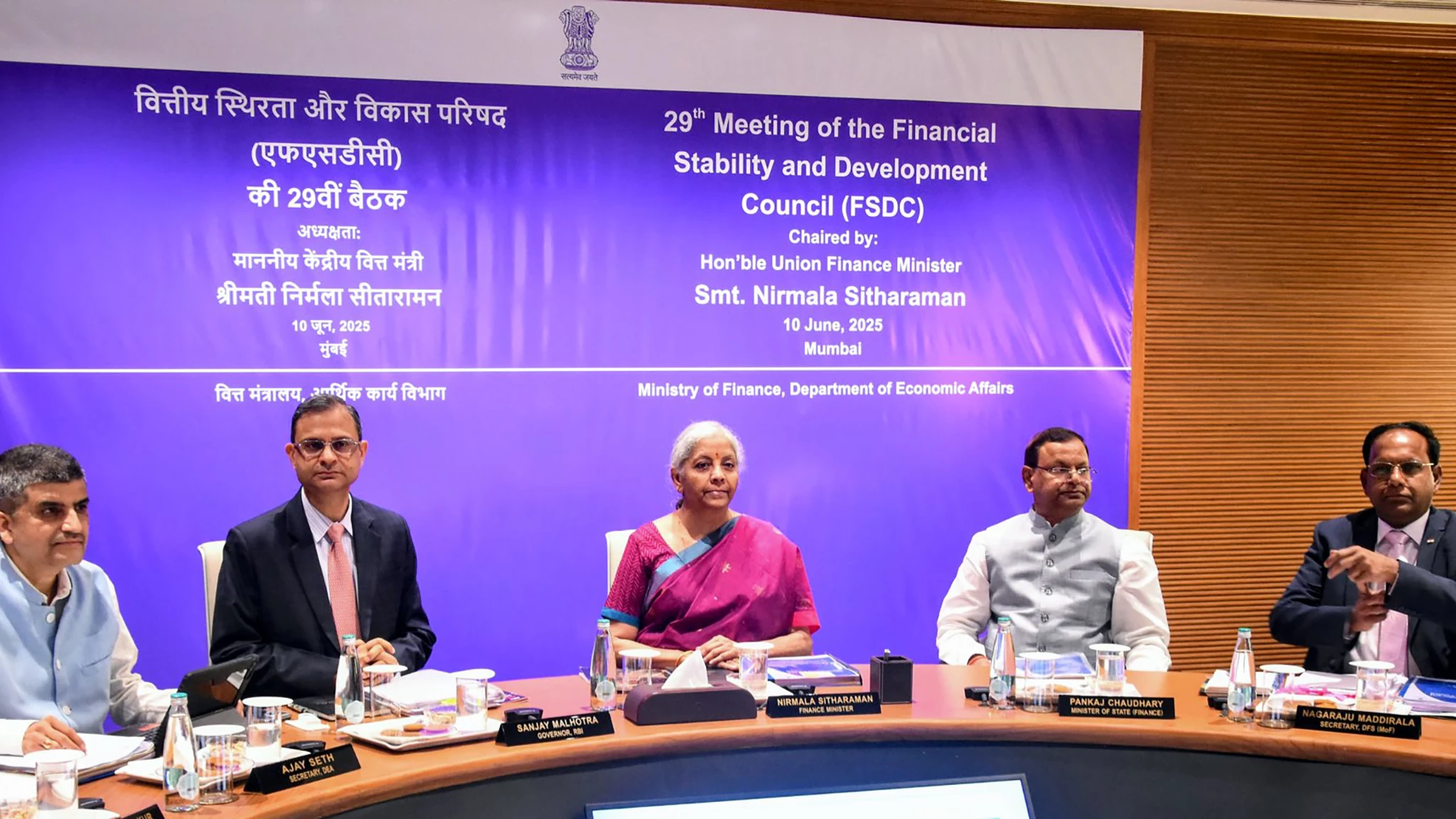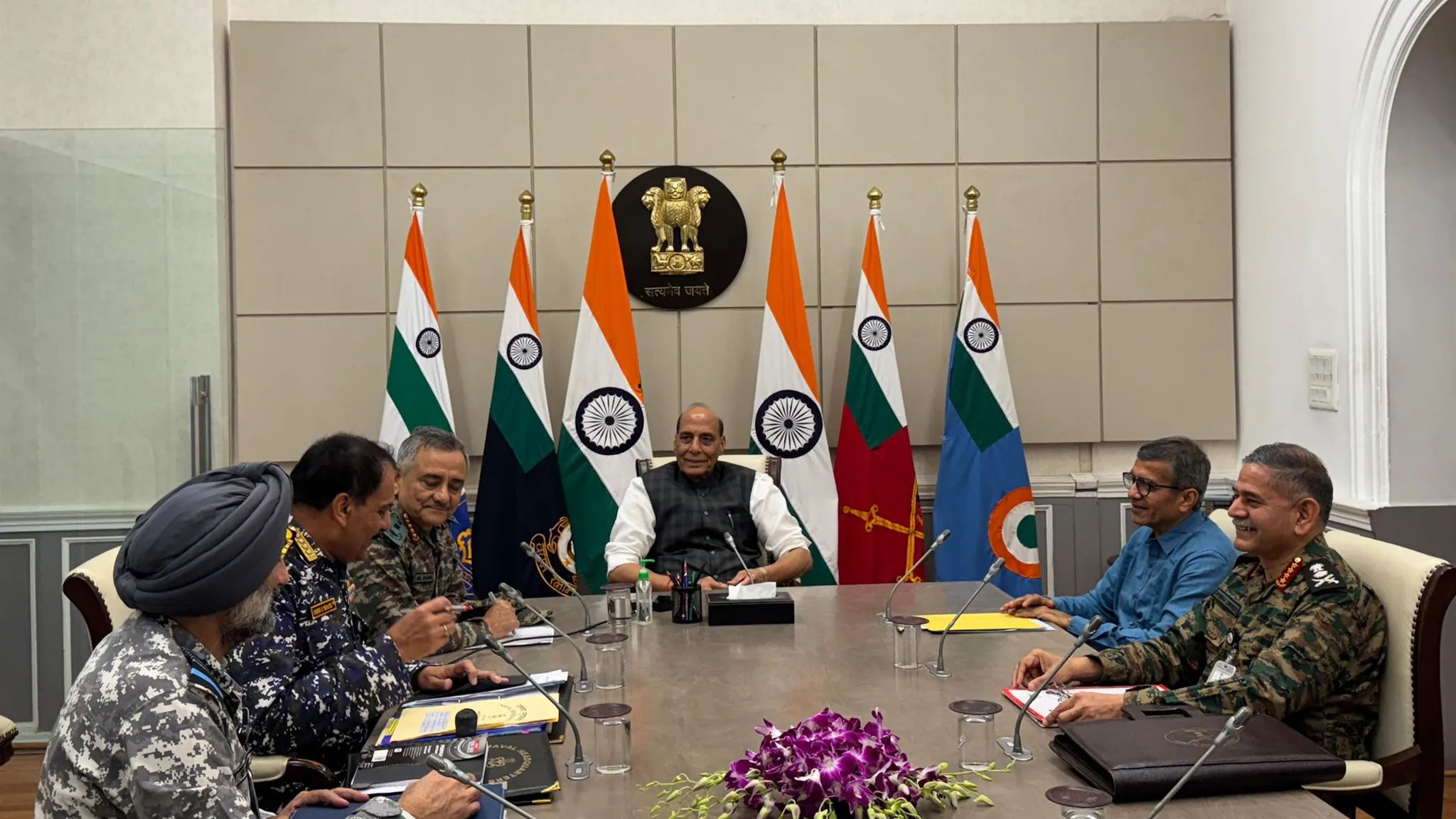The horrific attack in Pahalgam’s Baisaran Valley on April 22, 2025, killing 26 tourists, has plunged India and Pakistan into another dangerous standoff. Claimed by a Lashkar-e-Taiba proxy, the attack prompted swift reactions from India, including suspending the 1960 Indus Waters Treaty, shutting the Attari-Wagah border, and banning Pakistani nationals. Pakistan, meanwhile, seems particularly worried about potential Indian military retaliation, with its Defence Minister recently warning of an “imminent” strike and revealing tactical nuclear missile deployments.
Beyond the immediate political and military posturing, history teaches us crucial lessons about the economic fallout of such flashpoints.
Lessons from Past Standoffs
Looking back at previous crises – the 1999 Kargil War, the 2001 Parliament Attack, the 2008 Mumbai Attacks, and the 2019 Pulwama–Balakot crisis – a pattern emerges. Each event triggered initial dips in India’s stock market (Sensex drops ranged from 2 percent to 7 percent) and impacted sectors like tourism and trade. Defence spending invariably rose, straining fiscal positions. However, India’s larger, more diversified economy consistently demonstrated greater resilience, recovering faster than Pakistan’s.
During the 2001 standoff, for example, India’s GDP growth dipped but bounced back as global conditions improved. Pakistan’s smaller market, then valued at $72 billion, saw slower recovery. The 2008 Mumbai attacks caused a sharp market fall, but India’s robust domestic demand cushioned deeper losses. In contrast, Pakistan’s economy, amid political turmoil, saw growth slow significantly. The 2019 Balakot crisis saw India’s $2.9 trillion economy absorbing the shock with minimal impact on overall GDP growth, while Pakistan’s growth slumped. The clear takeaway from these events is that while localised conflicts cause sharp but temporary market dips, India’s economic scale and depth offer a significant advantage.
Corporate India Shows Strength
Despite the renewed geopolitical uncertainty, recent corporate earnings results paint a picture of a resilient domestic economy. Companies across various sectors are reporting strong performance. Bajaj Finance reported a 19% rise in profit and a 26% jump in assets under management for Q4 FY25. Its parent, Bajaj Finserv, also saw a healthy 14.1% profit increase. Retail giant Vishal Mega Mart’s profit zoomed 88%, and revenue grew 23.2%. In the financial services sector, Five-Star Business Finance posted an 18.24% profit rise and a 22.06% increase in sales for the March quarter. IndiaMART Intermesh, an online marketplace, saw its profit spike 81.3%. Even amidst varied results across the board, these performances indicate healthy underlying demand and operational efficiency in key sectors.
What can investors expect now? Geopolitical tensions always introduce volatility. However, the historical trend shows that unless the conflict escalates significantly and is prolonged, the impact on India’s broader economy and markets tends to be temporary. The strong performance of Indian companies highlights the domestic growth story’s continued momentum, providing a buffer against external shocks.
Image Courtesy: X (Desi Thug)










Leave a Reply